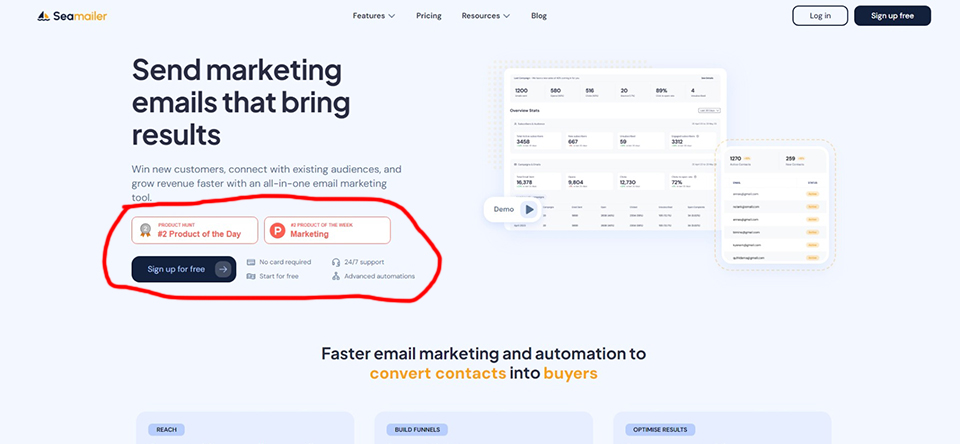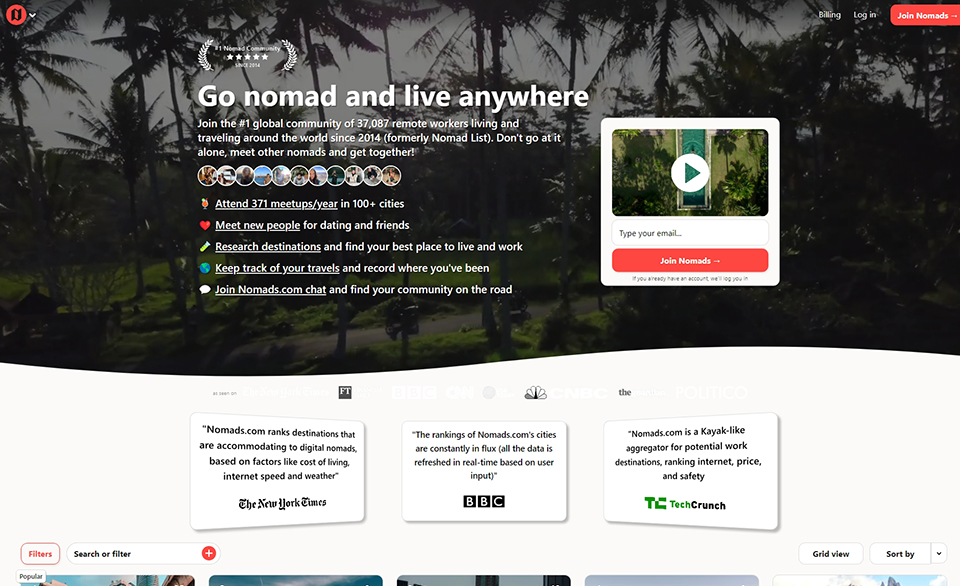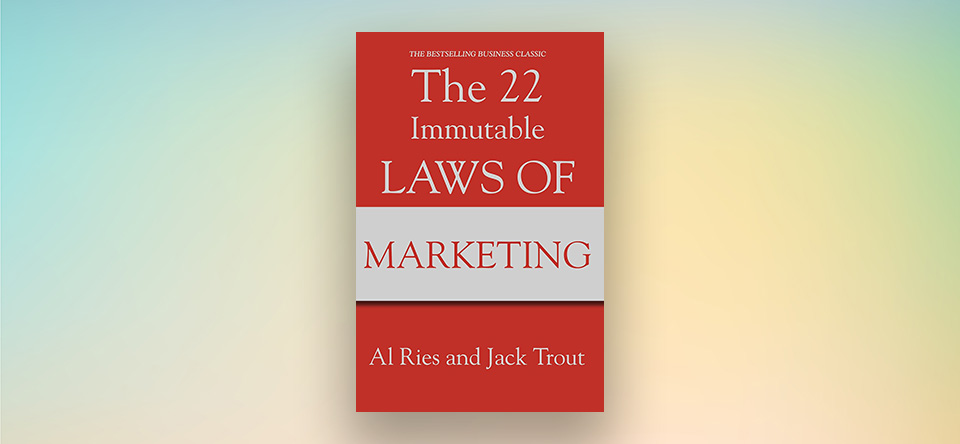Issue 025: How Marie Martens Grew Tally to $2mn in Annual Recurring Revenue, the 22 Immutable Laws of Marketing, and More
We also discuss a simple strategy to make your business more trustworthy in seconds.

March 05, 2025 | #025 | Free Version
Welcome to Startup Blitz, a weekly newsletter full of timeless ideas and insights you can use in your online business.
👑 How Marie Martens grew Tally to $2mn ARR
🤝 How to make your website more trustworthy in seconds
📢 The 22 immutable laws of marketing
Not subscribed? Learn more and sign up.
How a Bootstrapped Founder Took on Billion-Dollar Competitors And Won

In a recent interview on Wes Bush’s ProductLead podcast, Martens shared how they took on giants like Google Forms & Typeform and won.
1. Offer a Genuinely Valuable Free Tier
2. Use Pricing as Your Competitive Advantage
Big companies like Typeform can’t afford to copy Tally’s pricing model.
3. Focus on Doing One Thing Exceptionally Well
5. Actually Do the Work
According to Martens, success comes from showing up every day and doing the boring work.
Want to hear the full story? You can watch the interview on YouTube. You can also subscribe to the ProductLed podcast on any podcast app.
How to Make Your Website More Trustworthy in Seconds

Andreas Just recently shared a simple strategy to quickly build trust with your website visitors.
Just shared an example from the startup Seamailer (pictured above).

You can read the full article from Andreas Just here and check out his newsletter for similar insights.
📖 Book of the Week: 22 Immutable Laws of Marketing

This week, I want to highlight The 22 Immutable Laws Of Marketing. It is written by Al Ries and Jack Trout, two of the world’s most renowned marketing strategists.
Here they are:
Law 1: The Law of Leadership
It’s much easier to get into the mind first than to try to convince someone you have a better product than the one that did get there first.
Law 2: The Law of Category
Law 3: The Law of The Mind
Being first in the marketplace is important only to the extent that it allows you to get in the mind first.
Law 4: The Law of Perception
There is no objective reality. There are no facts. There are no best products. All that exists in the world of marketing are perceptions in the minds of the customer or prospect. The perception is the reality. Everything else is an illusion.
Law 5: The Law of Focus
The most powerful concept in marketing is owning a word in the prospect’s mind.
A company can become incredibly successful if it can find a way to own a word in the mind of the prospect. E.g. Merceders owns engineering, Volvo owns safety.
Law 6: The Law of Exclusivity
Law 7: The Law of The Ladder
For each category, there is a product ladder in the mind. On each rung is a brand name. Your marketing strategy should depend on how soon you got into the mind and consequently which rung of the ladder you occupy.
Law 8: The Law of Duality
Law 9: The Law of Opposite
If you’re shooting for second place, your strategy is determined by the leader.
Law 10: The Law of Division
It’s better to be early than late to exploit a new category. But be prepared to spend time waiting for things to develop.
Law 11: The Law of Perspective
Law 12: The Law of Line Extension
There’s an irresistible pressure to extend the equity of the brand.
When you try to be all things to all people, you inevitably wind up in trouble. If you want to be successful today, you have to narrow the focus in order to build a position in the prospect’s mind.
Law 13: The Law of Sacrifice
Instead of trying to be big, highly diversified generalists, you need to become small, narrowly focused specialists. There are three things you can sacrifice: product line, target market, and constant change.
Law 14: The Law of Attributes
Law 15: The Law of Candor
When you admit a negative, the prospect will give you a positive.
When a company starts a message by admitting a problem, people tend to, almost instinctively, open their minds.
Law 16: The Law of Singularity
Law 17: The Law of Predictability
Unless you write your competitor’s plans, you can’t predict the future.
Law 18: The Law of Success
Law 19: The Law of Failure
Failure is to be expected and accepted.
Too many companies try to fix things rather than drop things. A better strategy is to recognize failure early and cut your losses.
Law 20: The Law of Hype
Law 21: The Law of Acceleration
A fad is a wave in the ocean, and a trend is the tide. A fad gets a lot of hype, and a trend gets very little.
Law 22: The Law of Resources
Even the best idea in the world won’t go very far without the money to get it off the ground.
Thanks for reading. I hope you have found at least some of these tips helpful.
Until next week!
You are receiving this email because you subscribed to Startup Newsletter. You can Unsubscribe from here.